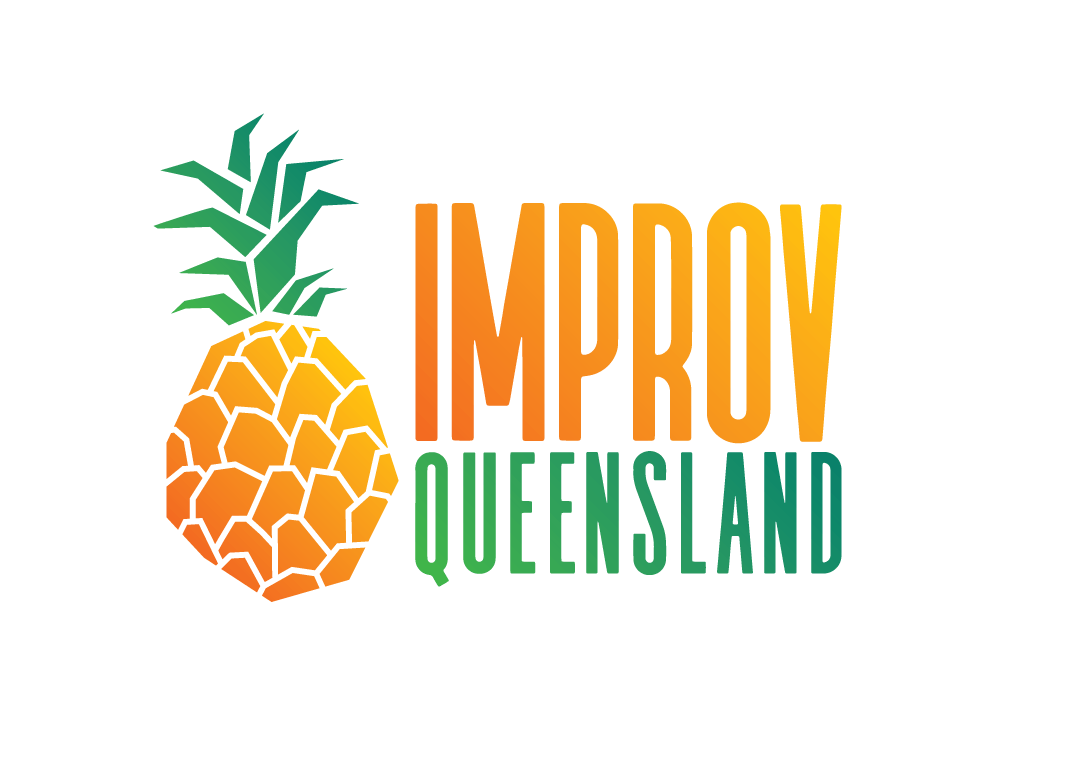Don't Be Afraid. Failure Is An Option
Most of us are terrified of failure. Whether it be due to our massive ego’s, a desire to ‘do the right thing’ or a wish not to ‘let down’ those around us, human nature directs us to avoid situations that are perceived as ‘risky’ and to always look to convince others that we are competent in anything that we do. Given humanity’s ingrained desire to protect our self-worth, it’s may be surprising that Improv, an art form where people are expected to manifest entertainment from scratch without the safety net of a practice run, even exists at all. Perhaps it’s how Improv and improvisers approach the idea of failure that is the key to Improv’s continued success and existence.
Embracing Failure
For those of you who have seen any of our shows, it may be surprising for you to learn that our performers are in fact not perfect and do, on occasion, make mistakes that lead to scenes being not quite as good as the performers think they should be.
Often, the audience will not notice any mistakes, as despite them the subject scene or show can still manage to be entertaining. Regardless of whether the audience has noticed or not, the performers will be aware of what didn’t quite go to plan.
What makes improvisers different from your regular, run-of-the-mill human being, is that we expect mistakes to happen and for failures to occur. We don’t spend our time on stage trying to avoid them or pretending that they do not exist. In fact, we often embrace and acknowledge mistakes when they occur. To improvisers, a mistake is an opportunity for growth, an occasion to alter the status quo or a chance to take a scene in a new direction. More bluntly, a mistake can turn a boring scene into an exciting one.
Improvisers also need to live in the moment when performing. As a result, improvisers are wired to acknowledge failure and move on from it quickly. In Improv, it doesn’t pay to overanalyze your mistakes. Dwelling on the past or planning too far into the future can cause performers to miss comic or thematic opportunities that are right in front of them. Perhaps this is a mindset we should all try and apply in the ‘real world’.
Trying to Fail
As failure can be quite a boon to Improv, improvisers often consider how they might fail on purpose.
This can be a difficult concept to wrap your head around. Regardless of how mistakes can sometimes make, rather than break, a scene, why would performers want to fail on purpose?
We mentioned above that, in Improv, mistakes are expected as par for the course. However, performers and show creators often go one step further and purposefully try to introduce failure to a scenario. This is because mistakes can often lend tension to a scene. Such tension can be picked up on by the performers and used to make the scene better. The audience can also notice the tension and as a result become more invested in the scene playing out in front of the.
For example - it’s hard to completely improvise a scene about two estranged family members at a family reunion. It’s even harder to improvise such a scene whilst having to start every line of dialogue with the next consecutive letter of the alphabet. It’s this added hurdle that can add extra layer of tension to the scene but also provide opportunity - as the performers may be forced to use words that they normally wouldn’t in such a situation. The audience also becomes more invested, as they a) want to see how the relationship is resolved and b) are waiting to see which performer is the first to skip a letter of the alphabet.
To use an actual, real life example, at a recent Improv Queensland theatresports show, one of the performers announced that they were going to do a celebrity impression throughout a scene that was to be set in a library. An audience member called out “Donald Trump” and so the MC directed the performer to play the scene as Donald Trump. Now this performer had never done a Donald Trump impression before, and there was a real risk that the scene could have been completely derailed by having to do such an impression. However, by introducing a hurdle being willing to potentially fail at overcoming said hurdle, the performer had already introduced an idea that may not be normally brought up in a scene involving a library and therefore expanded the possibilities of what could occur in the scene. As a result, the performers were more energised, the audience was more invested, a passable impression was performed and fun was had by all.
The Last Word
Let’s leave the final word on failure to Keith Johnstone. Keith is known to have said “Try; make mistakes; fail big and fail happily. If the audience sees you unbothered by your mistakes then they can enjoy them too, but if they see you feel humiliated and ashamed, they will be uncomfortable.”
These are wise words. It seems we would all do well to embrace failure and welcome opportunities to make mistakes, both on stage and in real life. Failure may only be as scary as we make it out to be.
Cheers to failing happily!

